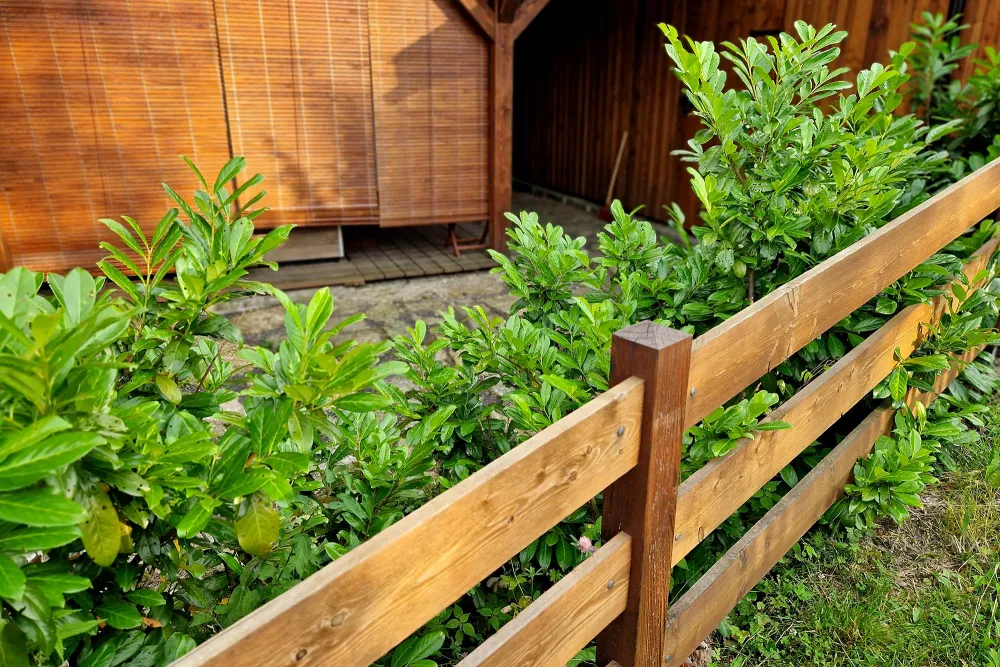Now live: The 2025 Canopy Report. Learn how Americans see trees. GET THE REPORT
Bulletin
A Tree for Every Space
Now is the time for imagination and innovation to make better use of small spaces for trees in urban settings. Even the smallest of trees can provide flowers to brighten spring days, shade for small spaces, berries and other fruit for birds, and pleasing shapes for the winter landscape.

Whether it is curbside along a street or a small space by the backyard patio, there is usually a space where a tree can — and should — be planted.
The social and ecosystem benefits provided by urban trees more than justify the little effort needed to use more places for trees.
When Dr. Gregory McPherson of the U.S. Forest Service and his colleagues studied the inventory data gathered from cities in California, they found that nearly 64% of the city streets had vacant planting sites. This amounts to some 16 million places where trees could be planted. The researchers also pointed out that the annual air-cleansing service alone of existing trees was equivalent to taking 120,000 cars off the road! When all ecosystem services are considered, California’s street trees contribute $110.63 each — every year. Imagine how these numbers would change if trees were added to the 16 million empty spaces.
The above example reflects the situation in many U.S. cities, but opportunities for planting go far beyond our streetscapes. While streets offer excellent opportunities for municipal officials to increase the urban tree canopy, adding more trees is something every resident and many business owners can do on their own property. Included in this issue are examples of how even small spaces can be used to provide more trees and more benefits.
In This Bulletin
Here’s what’s inside:
- Finding Space for More Street Trees – examples of opportunities to plant more trees
- Parks and Building Grounds – landscapes offer more opportunities to add trees
- Trees Around the Home – different residential spaces with different potentials for tree planting
- No Planting Space? No Problem – taking advantage of container trees in harder-to-plant spaces
